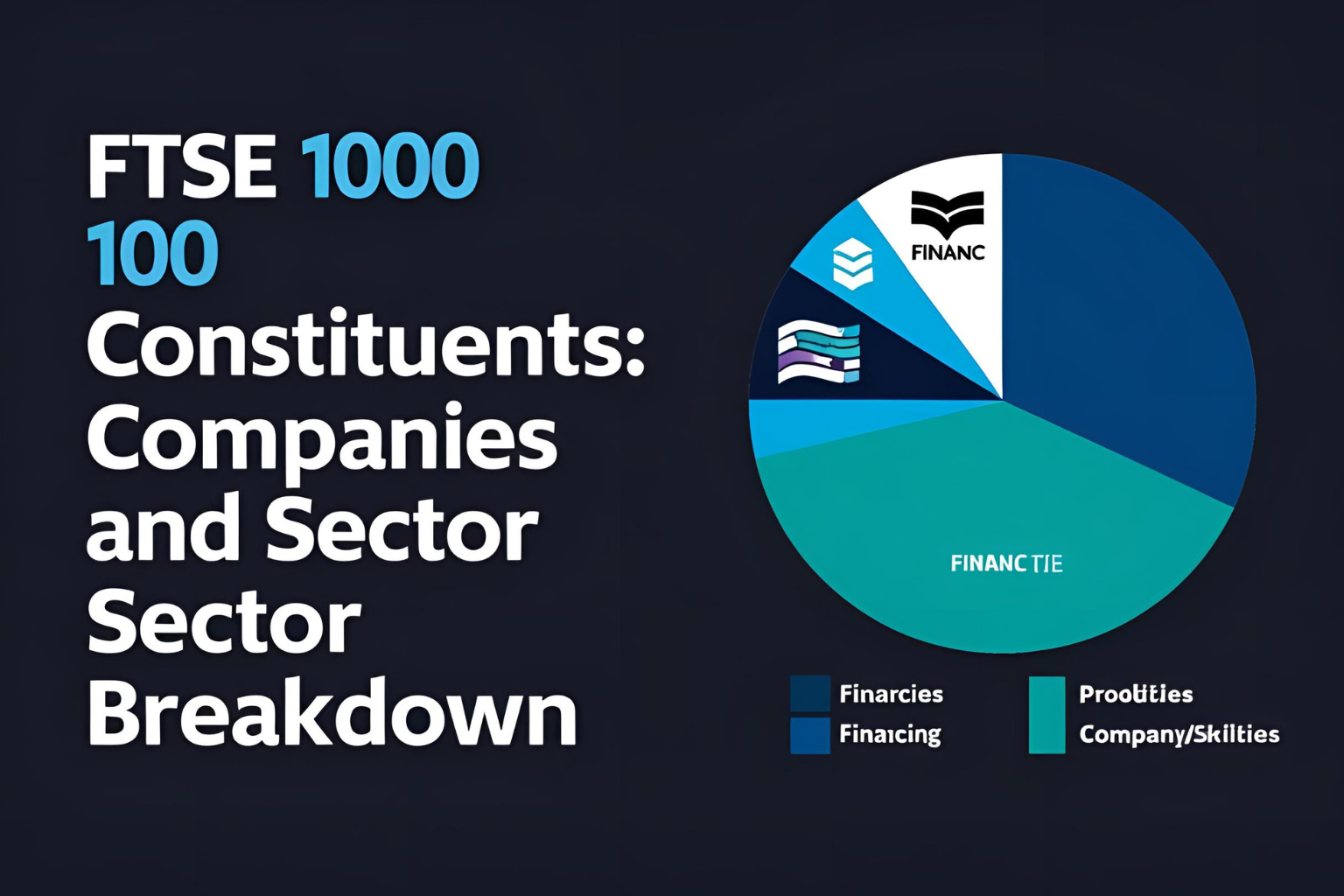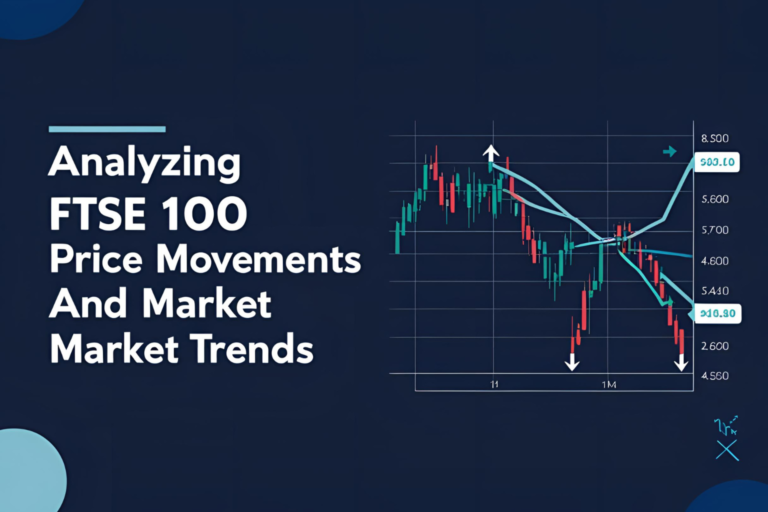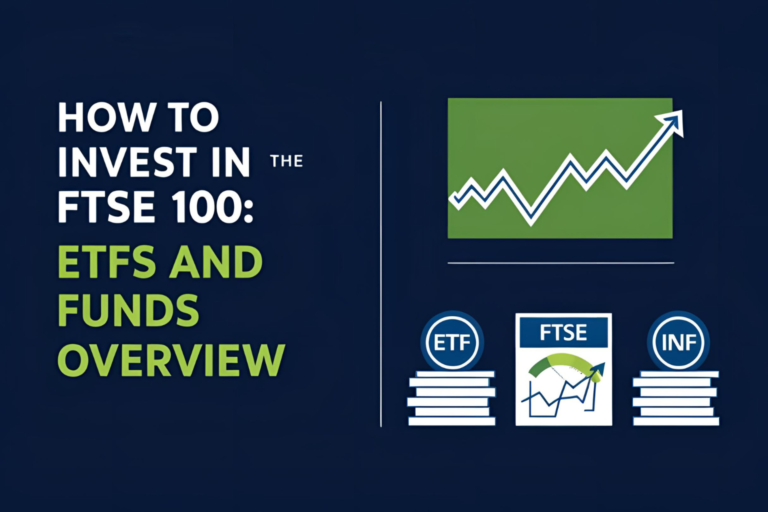FTSE 100 Constituents: Companies and Sector Breakdown
Introduction:
The FTSE 100 Index represents the 100 largest companies listed on the London Stock Exchange (LSE). These companies—called the constituents—span multiple sectors and industries, offering a diverse view of the UK stock market. In this guide, we’ll break down the current FTSE 100 constituents, how the list is reviewed, and which sectors dominate the index.
What Are FTSE 100 Constituents?
Constituents are the individual companies that make up the FTSE 100. They are selected based on their market capitalization (the total value of their publicly traded shares).
Some of the most well-known FTSE 100 companies include:
- Shell plc (Energy)
- AstraZeneca (Healthcare)
- HSBC Holdings (Financials)
- Unilever (Consumer Goods)
- BP (Energy)
How Constituents Are Selected
- The FTSE Group reviews the index quarterly (March, June, September, December).
- Companies are added or removed based on changes in their market cap rankings.
- To be included, a company must:
- Be listed on the London Stock Exchange.
- Meet certain liquidity and nationality criteria.
- Rank among the top 100 by free-float-adjusted market cap.
Sector Breakdown of the FTSE 100
The FTSE 100 includes companies across a wide range of sectors. Here’s a general overview of the key sectors and their approximate influence:
| Sector | Notable Companies | Weight (Approx.) |
|---|---|---|
| Energy | Shell, BP | High |
| Financials | HSBC, Barclays, Lloyds | High |
| Healthcare | AstraZeneca, GSK | Moderate |
| Consumer Goods | Unilever, Diageo | Moderate |
| Industrials | Rolls-Royce, BAE Systems | Moderate |
| Utilities | National Grid, SSE | Low |
| Telecommunications | Vodafone, BT Group | Low |
| Technology | Sage Group, Aveva | Low |
Note: Weightings vary based on company market caps and can shift after each review.
Why Sector Composition Matters
- It affects how the index reacts to economic events.
- Sectors like energy and financials have an outsized impact on index performance.
- Investors can gain exposure to different industries by investing in FTSE 100 ETFs or funds.
Changes in Constituents Over Time
The FTSE 100 is dynamic. Companies are added or dropped based on performance. For example:
- A growing mid-cap firm may be promoted from the FTSE 250.
- A declining FTSE 100 firm may be demoted if its market cap falls below the threshold.
Keeping up with changes gives insight into market trends and economic shifts.
Conclusion
The FTSE 100 constituents provide a snapshot of the UK’s largest and most influential companies. By understanding which companies are included and how the index is weighted by sector, investors can better assess the risks and opportunities involved in tracking or investing in the FTSE 100.
FAQs
1. How many companies are in the FTSE 100?
Exactly 100 companies, chosen based on their market capitalization on the London Stock Exchange.
2. How often does the FTSE 100 constituent list change?
It is reviewed and updated quarterly—in March, June, September, and December.
3. Which sector dominates the FTSE 100?
The energy and financials sectors typically hold the largest weights.
4. What happens when a company is removed from the FTSE 100?
It usually moves to the FTSE 250, and another company with a higher market cap takes its place.
5. Can I view the full FTSE 100 company list?
Yes. Financial websites like FTSE Russell, Yahoo Finance, and London Stock Exchange publish updated constituent lists.





